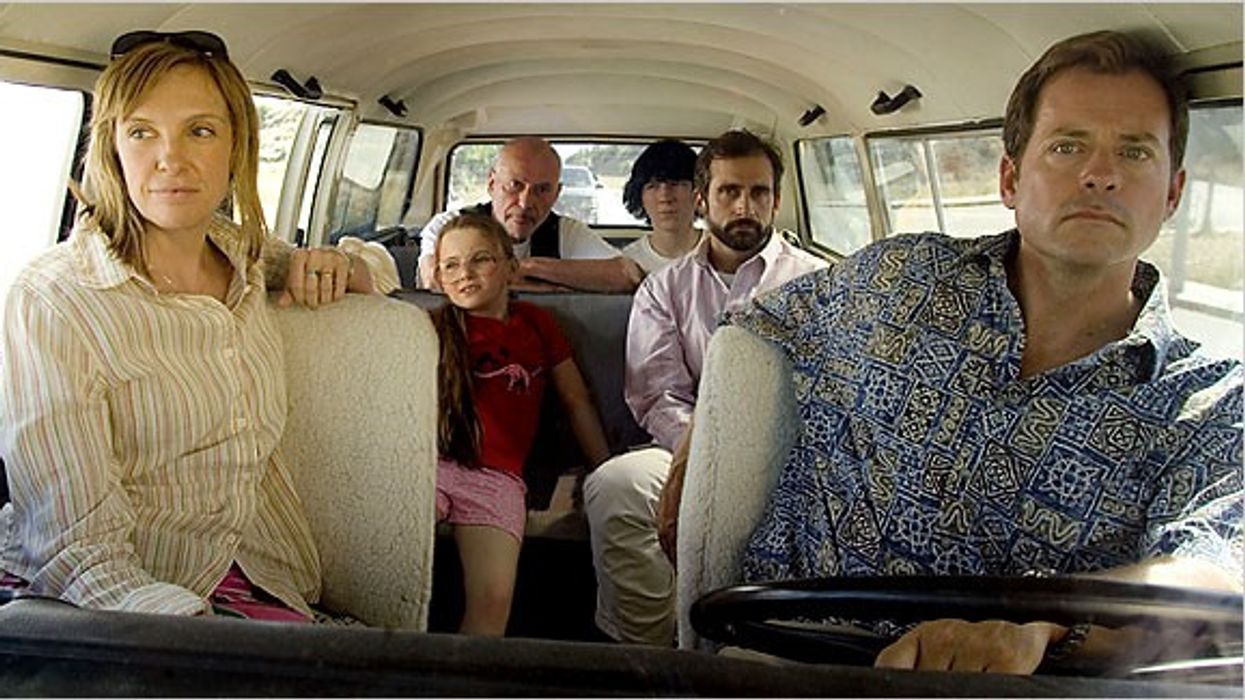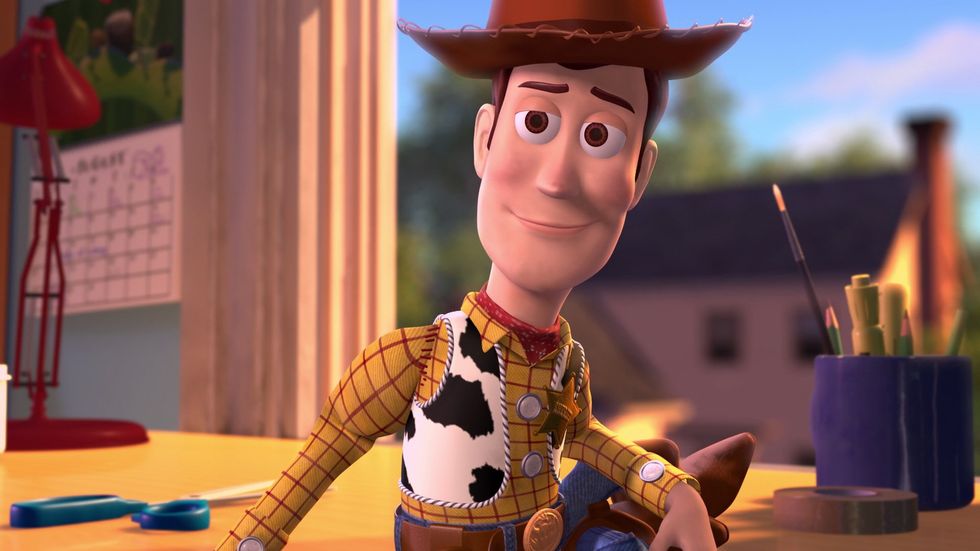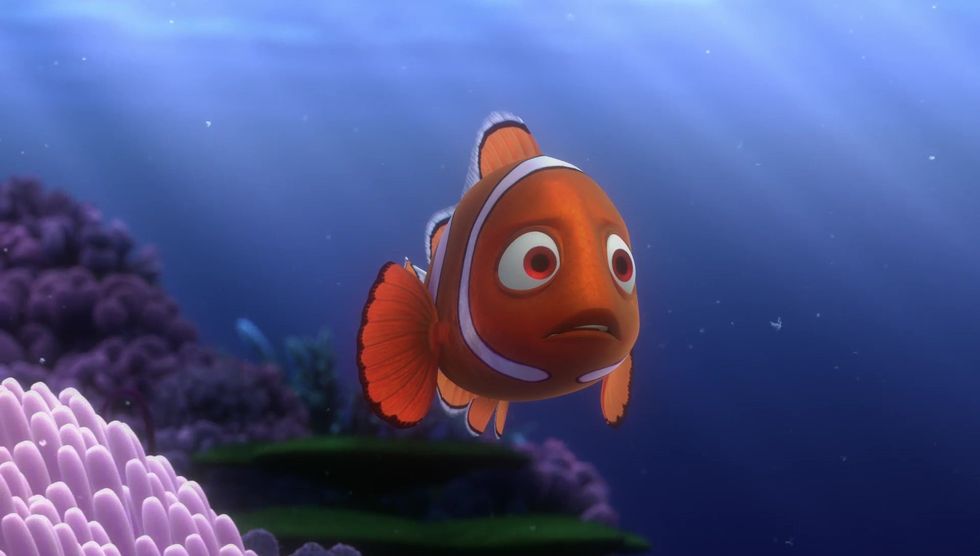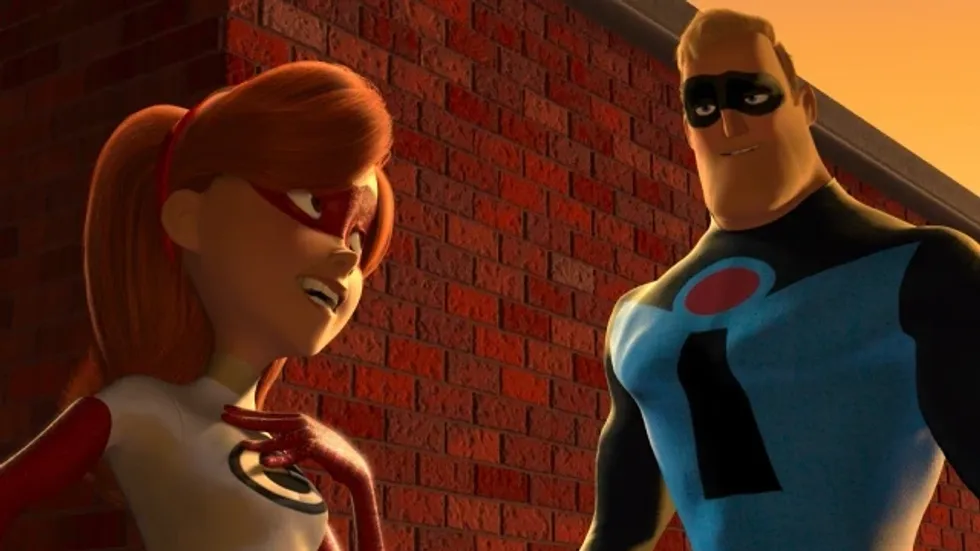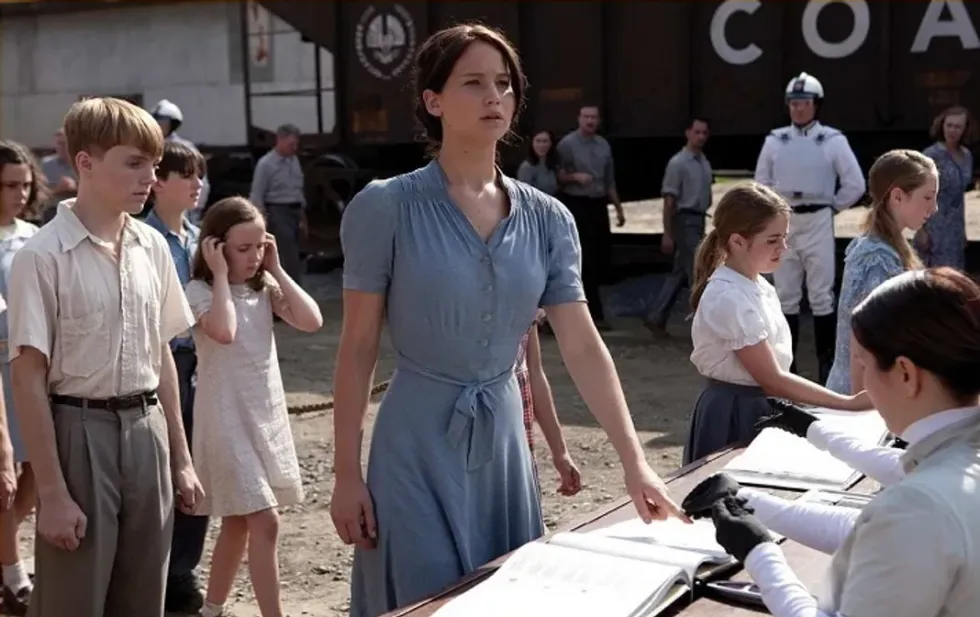Shoot a Film on Your iPhone, Control Canon DSLRs with an Android Tablet Monitor Rig
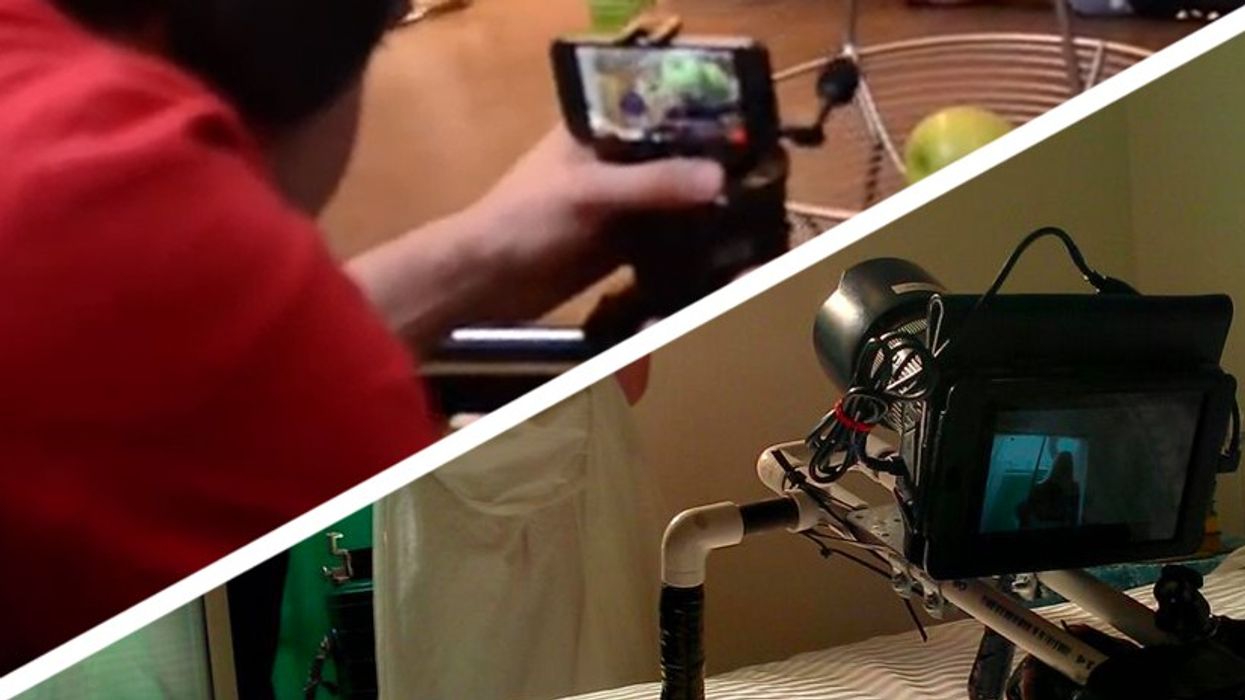
There's no doubt that modern mobile technology has the capacity to streamline or benefit many aspects of filmmaking. Whether it's the micro-video art emerging in social media, script supervision capabilities, lighting-fast previsualization softwares, or the surprisingly high-resolution video some phones and tablets can shoot (given what they are), there's something to be said for their place in the industry. For goodness sake, modern smartphones are better at giving directions than my GPS navigator and shoot higher quality video than my first camcorder. With all that said, though, how far can things like the Apple iPhone or an Android tablet be taken down-and-dirty in the trenches of shooting?
Some major props are due to hardcore DIY-ers Kevin Good and Tobias Deml, who have done some serious field work on these subjects and put some mobile devices through their paces on location and on set. Kevin recently posted a nitty-gritty (and hilarious) lens shootout which really boiled the way low-budget shooters could (or should) be considering common DSLR zoom options.
Shooting with the iPhone
It's worth including on the subject of iPhone shooting quality, that our founder Koo also posted a thorough comparison compilation last year. Now, via the Bammo YouTube channel, a resource that offers one new filmmaking video a day -- and also collaborates with Niko and Sam of Corridor Digital, another awesome independent creative team -- Kevin and Weapons of Mass Production has shot a genre-spanning fake-trailer to demonstrate the abilities of the iPhone as the primary (and sole, in fact) acquisition system.
First up, here's a previous breakdown of the iPhone's robustness from Weapons of Mass Production, in this case regarding its still-shooting capabilities.
Now, on to the video side of things -- in this case, with Kevin and WOMP attempting to achieve high-grade results (and succeeding an amazing number of times) with a bare-bones single-system iPhone rig:
The results are somewhat surprising seeing as how a lot of that footage -- to my eyes, at least -- actually looks really usable. This is likely a testament to the fact that any camera in the right hands has the potential to achieve impressive results. However, as Kevin points out (and urges, moreover) the iPhone should probably only be used as a last-resort camera choice. Disregarding the fact that I really want to see the full film that this imaginary trailer represents, the focal length options alone (being pretty necessary for serious work) are limited or low-quality enough to all but rule out the iPhone as a potential workhorse. It may be a bit extreme to expect anything beyond Kevin's findings, though they exceeded my own expectations in some cases -- but it's a worthwhile experiment to see realized (UPDATE: Kevin's full write-up is now online, be sure to check that out as well!).
Price Breakdown
Assuming you already have an iPhone (because I seriously doubt you'd buy one just to shoot a film with, therefore excluding its cost here), the base cost of getting one sort of iPhone rig up would just about set you back as follows:
- The alm mCAMLITE for iPhone 5 with Pro Lens package (the type Kevin uses here -- includes the telephoto and macro lenses), which goes for $150
- OR -- The iPhone 4/4S model, which is more expensive for whatever reason, hitting $200
- OR -- In case you were wondering, alm also offers a comparative package for the Samsung Galaxy SIII for about $100
- PLUS --FiLMiC Pro, which goes for $5 on iTunes
- PLUS -- The number of mini microphones you could choose -- I can't imagine paying more than $50 for any of them (and though this may be the funniest thing I've ever seen, it could be a legitimate option if you're seriously considering iPhone shooting)
Which brings your total to a high of about $250, and though there's plenty of variation you could build into such a kit (differing with or beyond what's listed here), this is a factor to keep in mind.
Android Tablet DSLR Control, Rigged Blackmagic-Style
Where the mobile tech of today may not fall so short, especially for the DIY world, is in the capacity about which Austrian cinematographer Tobias Deml has recently whipped up an extensive post. Similar to Kevin's use of the FiLMiC Pro app for iOS, Toby was inspired to give an Android app called DSLR Controller a shot -- as you could guess, it also allows for variability of all essential shooting functions -- though in this case, the app controls these functions of Canon DSLRs tied in through USB. Toby's implementation uses a Google Nexus 7 in conjunction with a Canon 7D and 5D Mark II & III. Here's the gist of it, as Toby indicates:
You know Canon’s EOS Utility? It’s that, but on a tablet. A genious developer and hacker reverse-engineered the USB port of the Canon DSLRs, and built an Android application that does exactly the same, with additional functionality.
Basically, it allows for all the fine-tuning you need such as monitoring, recording, f-stop, shutter speed, ISO, and framerate, plus other nifty features such as histogram, widescreen matting guides, and peaking. Be sure to check out Toby's full post for the extensive features breakdown. The bottom-line benefit of this setup is that you can have all the necessary controls while live monitoring, on-camera if you'd like, at a higher resolution than the DSLR's native screen -- Toby's Nexus 7 brings full-motion 1280x800 resolution via USB, albeit with a slight delay (and without playback or card formatting ability). One night before a real shoot (as opposed to something more like a less pressure-filled field test) he decided the best configuration would see the Nexus 7 affixed right to the Canon, Blackmagic Cinema Camera-style.
As you can tell, this setup allows for handholding the tablet itself directly, and because of its use of velcro straps, things like playback can be accessed on set if need be simply be temporarily removing the tablet from the camera. He also details the creation of a custom foam sunshade, another home-built solution:
Toby's conclusion is that the system's limitations are worth it for its benefits -- and notes that, though he wasn't yet able to get it working for himself -- the possibility to beam the camera's signal to other Android devices via WiFi is another super-nifty capability to look forward to.
Price Breakdown
We'll also assume you already have a Canon DSLR to be building this, seeing as how DSLR Controller is Canon-centric (and you may not want to invest in a new DSLR just to build this rig), so here are your investments:
- Android Tablet, and a respectable one at that -- let's go with Toby's Google Nexus 7 (link to model by Asus) and call it $240 for an over-estimate
- PLUS -- DSLR Controller by Chainfire (in beta -- developer thread here), which goes for $8
- PLUS -- Micro-USB to USB On-the-Go Adapter, I believe this is the one Toby is referring to (or one exactly like it) for $3
- PLUS -- To round it all out, we need some velcro straps (anybody else know they sold velcro on Amazon?) this 3/4" x 5 yards should do fine, for a mere $4
- PLUS (maybe) -- If you want to go all the way and build the sunshade as well, Amazon apparently sells foam boards too -- call me crazy but these 5-1/2" x 8-1/2" "ready for glitter, markers, foam stickers, and more" 50-pack should do you fine -- for $6
Your total here would be about $260, perhaps a bit more with shipping. In other words, this is a totally attainable monitoring/control option for shooters of virtually any budget.
Thanks to Kevin and Toby for their great work, and for tipping me off to it as well! If you haven't already, be sure to check out their respective sites and let them know if you appreciate the material. I'd be curious to know what types of things you guys have done yourselves with such technologies -- shooting, monitor-controlling, anything similar? How do you feel the iPhone stuff holds up -- good for B-roll, or in a pinch? Or unworthy of being matched with 'real' footage? Have any of you set up tablets in comparative ways?
Links:


